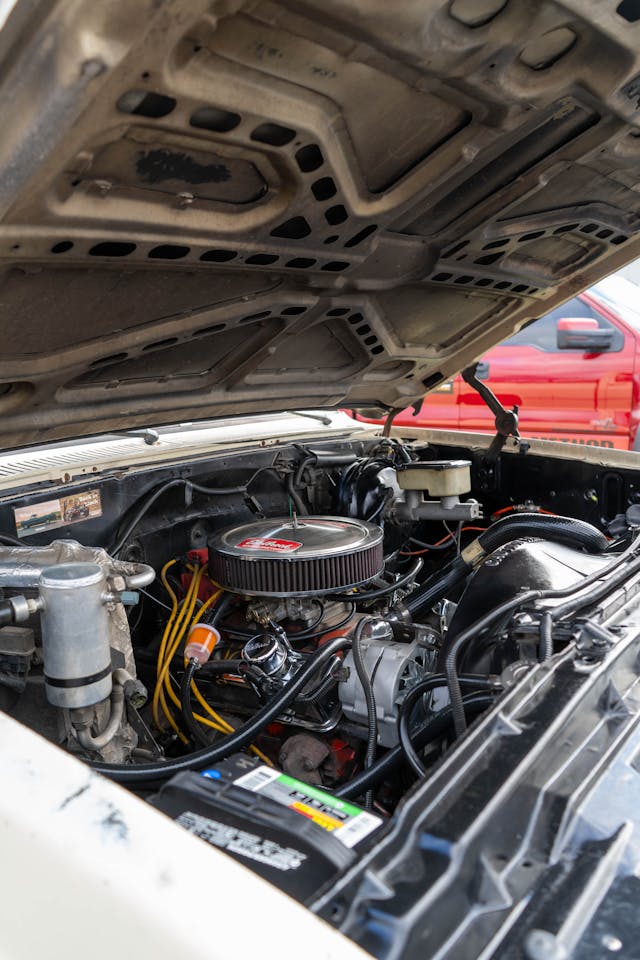Whether you’re heading off on a weekend adventure or planning an extended off-grid trip, having a reliable power setup is essential for your 4WD or caravan. A dual battery system allows you to run your fridge, lights, and other 12V accessories without draining your vehicle’s main starting battery. But to get the most out of your setup—and avoid electrical mishaps—it’s crucial to install your system correctly.Here’s a comprehensive guide on how to properly install a dual battery system for 4WDs and caravans.
Why Choose a Dual Battery System?
A dual battery system gives you peace of mind when you’re travelling in remote locations. It separates your starting battery from your auxiliary battery, so you can enjoy your creature comforts without the risk of flattening your main battery.Common uses include:
- Running fridges and freezers
- Powering lights and fans
- Charging devices via USB or 12V outlets
- Running inverters for 240V appliances
What You’ll Need
Before starting your installation, make sure you have:
- A deep-cycle auxiliary battery suited to your needs
- A battery tray and mounting hardware
- Dual battery isolator or DC-DC charger
- Fused battery cables
- Circuit breakers
- Crimp connectors and heat shrink
- Cable ties and protective conduit
- Optional: Battery monitor or voltmeter

Step-by-Step Installation
- Choose Your Location: Start by deciding where you’ll mount your auxiliary battery. In most 4WDs, this will be in the engine bay or under the tray. In caravans, you may opt for a designated battery compartment or external box. Ensure the battery is secure, ventilated, and away from high heat sources.
- Install the Battery Tray: Secure the tray using manufacturer-recommended hardware. Always double-check for clearance and avoid drilling into sensitive components.
- Mount the Dual Battery Isolator or DC-DC Charger: This device is the heart of the system. It ensures your alternator charges the auxiliary battery only after the starting battery is fully charged. DC-DC chargers are especially effective for modern vehicles with smart alternators.
- Run the Cables: Using appropriate gauge wiring, connect your starter battery to the isolator or DC-DC charger. Then, run wiring from the isolator to the auxiliary battery. Always use quality fused cable to protect against shorts.
- Grounding: Make sure both batteries are properly grounded. Connect negative terminals to a clean, bare-metal chassis ground or back to the main battery’s negative terminal.
- Install Circuit Protection: Fit inline fuses or circuit breakers close to each battery’s positive terminal. This protects both ends of the circuit and helps isolate faults quickly.
- Connect Your Accessories: Use a separate fuse box or distribution panel to run power to your accessories like fridges, lights, or inverters. This keeps your setup tidy and makes troubleshooting easier.
- Test Your System: Once everything is wired up, double-check all connections and test the system. Ensure the isolator functions correctly—charging the auxiliary battery when the engine is running and disconnecting when the engine is off.

Tips for a Professional Finish
- Use split tubing or conduit to protect wiring from heat and abrasion
- Label all fuses and connections
- Consider installing a battery monitor to keep tabs on your power usage
- If installing switching or solar inputs, be sure to understand how to wire dual switching to ensure a safe and efficient connection
Ready to get started?
Installing a dual battery system is a worthwhile investment for any 4WD or caravan owner who values reliability and independence while on the road. With the right components, careful planning, and attention to detail, you can power all your essentials without ever worrying about a flat starter battery.If you’re unsure about any part of the installation, consult an auto electrician or 12V specialist. Safe travels, and enjoy your off-grid freedom!

















Leave a comment